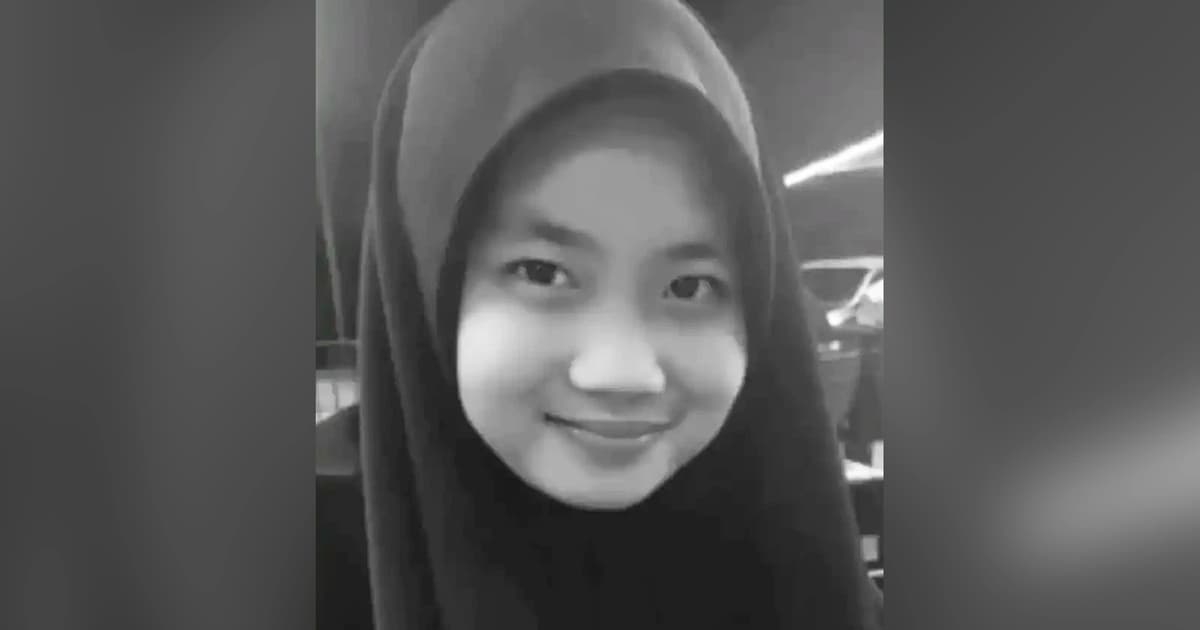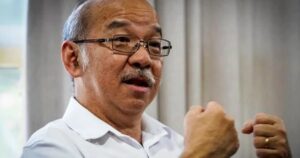
A doctor who pronounced Zara Qairina Mahathir dead said the decision to conduct a post-mortem on the Form 1 student rested with the investigating officer and the hospital’s forensic department.
Dr B Pavankumar, who is the fourth witness, told the coroner’s court in Kota Kinabalu that once a body was handed over to the investigating officer, the officer would typically consult the forensic team and the patient’s family on the next steps.
Pavankumar said this after lawyer Rizwandean M Borhan, representing Zara’s mother, asked him what happened after the teenager was pronounced dead, according to a report in Utusan Malaysia.
The doctor, who is with Queen Elizabeth Hospital’s neurosurgery department, denied allegations that he never explained to Zara’s mother, Noraidah Lamat, the time and cause of the 13-year-old’s death.
Rizwandean: Where did you brief the patient’s mother?
Pavankumar: At the neurosurgery ward.
Rizwandean: Where did you brief the investigating officer, Wong Yew Zhung? When did he arrive?
Pavankumar: At the neurosurgery ward. He arrived after being informed of the patient’s death, but I don’t recall the exact time.
Rizwandean: Who else was present when you gave the briefing?
Pavankumar: Several others, including relatives and friends of Zara’s family.
Rizwandean: My client informed me that you never explained the cause of death to her.
Pavankumar: To the best of my recollection, I did explain the cause and circumstances of death to her mother and several relatives.
Rizwandean: Did you see the investigating officer and Zara’s mother discussing the matter?
Pavankumar: Yes.
Rizwandean: My client also informed me that on July 17 (the date of Zara’s death), she never met or spoke with the investigating officer at the ward.
Pavankumar: What I can say is that I saw the investigating officer briefing the mother.
According to the Daily Express, Pavankumar also told the coroner that Zara was not given phenytoin when she was admitted to the neurosurgery ward.
The first witness, forensic pathologist Dr Jessie Hiu, last week told the coroner’s court that traces of phenytoin, a medication used to treat epilepsy and also prescribed as a preventive treatment in severe traumatic brain injury cases, were found in Zara’s kidney tissue analysis.
Last month, Bukit Aman criminal investigation department director M Kumar revealed that the officer in charge of investigating Zara’s death had failed to follow proper procedure by not requesting a post-mortem.
The Attorney-General’s Chambers had then ordered that the teen’s body be exhumed for a post-mortem to be conducted.
Zara was found unconscious at 4am on July 16 after she allegedly fell from the third floor of her school’s hostel in Papar, Sabah. She died at the hospital the following day.
Crime scene simulations
The coroner’s court was also shown two video recordings of crime scene simulations conducted by the Sabah police forensic unit at 3am on a weekend.
Crime scene investigator Maidon Bernadus, 52, said the simulations used a mannequin borrowed from Queen Elizabeth Hospital, reinforced with bricks to match Zara’s weight of 53kg.
“The mannequin stood about 180cm tall, which was 27cm taller than the deceased, who was 153cm,” he added.
The first simulation involved dropping the mannequin straight down from the third-floor corridor of the hostel’s dormitory near the restroom, while the second involved pushing it outward from the same spot.
“In the first test, the distance between where the mannequin landed and the dormitory wall on the ground floor was about 2.14m. In the second, with added force, the distance was about 3.45m.
“Overall, our findings showed that the first simulation – where the mannequin was dropped without force – closely matched the victim’s actual position as determined in the initial investigation and briefing by the investigating officer,” he said.
The inquest before coroner Amir Shah Amir Hassan continues tomorrow.






